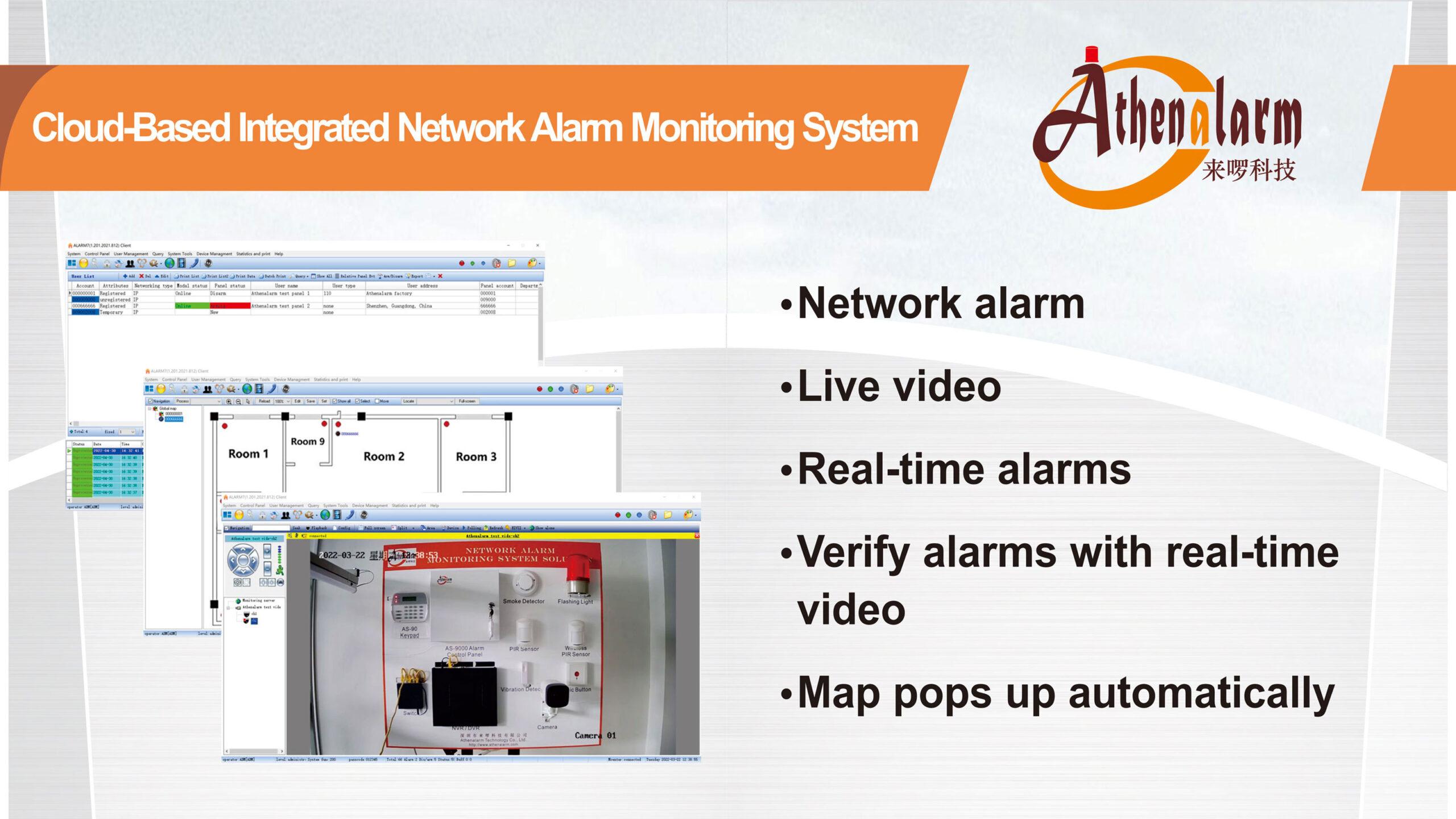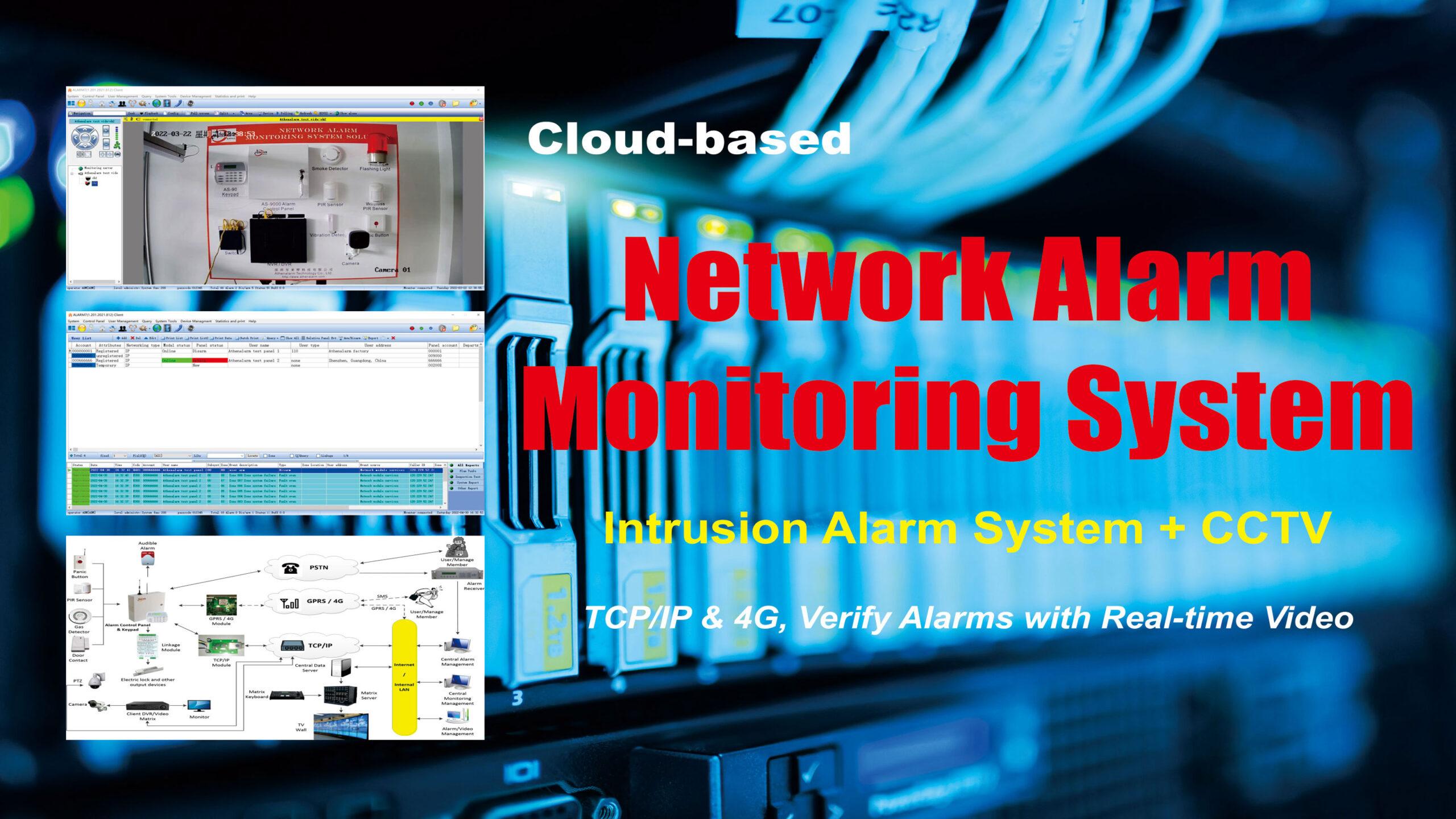



What is a Network Intrusion Control Panel?
The networking of network intrusion control panels has two meanings: one is networking for detectors, and the other is networking for alarm monitoring centers.
1 Networking for detectors
For detector oriented networking, current network intrusion control panels are equipped with wired multi wire system + wired bus system + wireless system. Among them, there are various types of wired buses, such as RS485, CANBUS, and manufacturer specific buses (such as HONEYWELL, BOSCH, DSC). The networking methods used vary depending on the type of network intrusion control panel. Its purpose is to extend the protection range, expand the number of defense zones, and improve the convenience of use.
2 Networking for Alarm Monitoring Centers
In today’s market, intrusion control panels connected to alarm monitoring centers often adopt multi form networking technologies, such as landline, TCP/IP, wireless GSM, GPRS, 3G, 4G, etc. The TCP/IP module of the network intrusion control panel is equipped with the TCP/IP protocol, which has the function of automatic multi network alarm. The alarm monitoring center has professional alarm processing units and upper level alarm management computers loaded with alarm software, enabling hundreds or thousands of front-end network intrusion control panels to achieve large-scale and multi-form networking through PSTN, TCP/IP, or mobile wireless networks.
The network intrusion control panel mentioned above generally has complete functions, including basic and extended functions such as zone setting, alarm response, keypad programming, disarming operation, linkage control, and zone expansion in multiple ways (multi line + bus + wireless). Some network intrusion control panels also have simple automatic control (schedule) functions and access control functions. In addition, the current network intrusion control panel operation keypad not only has a larger LCD screen, but also displays an increasing amount of information. It not only displays alarms, but also displays information about all system events and states.
The network function of some network intrusion control panels only adds a network module to their mature intrusion control panels, which is only a copy of the keypad function in terms of functionality. The major drawback of this type of network approach is that if there is a problem with the network module, the intrusion control panel cannot detect it as soon as possible. Because the intrusion control panel cannot truly detect the network module, the network module and mature network intrusion control panel are not truly integrated. Therefore, in a true sense, this type of network intrusion control panel is not a true network intrusion control panel. The network intrusion control panel realizes the update and replacement of traditional intrusion control panels, using a 32-bit ARM processor. In addition to all the controller functions mentioned above, the network intrusion control panel also has a built-in network interface that supports various IP network access. The backend operating platform can view the working status of the network intrusion control panel in real time. It is no longer simply copying keypad functions, but can upload all network intrusion control panel status, system events, etc. to the alarm monitoring center.
